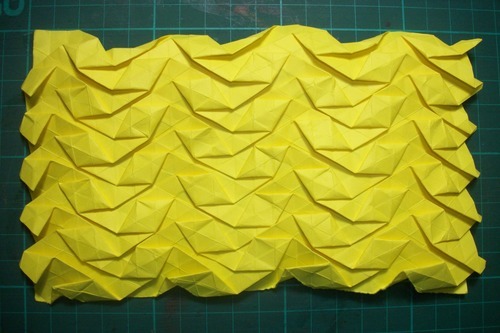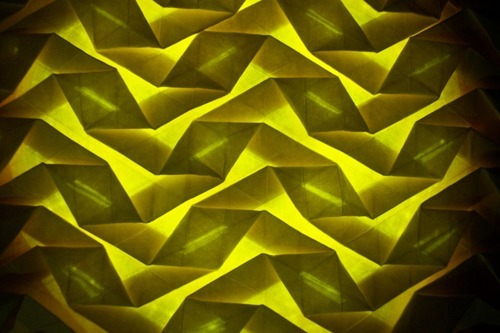
August 16: OAD started (tumblr)
August 16: Sixty-Four (Scott), Jitterbug (Lam), Espiral (Fuse), Eifel Star (Guth)
August 17: The TSU-That Simple Unit Series (Esseltine), Sternblute (Sprung), 60-Degree Star (Petty), Modular Ball (Kawahata)
August 18: Robin Star (Sinayskaya)
August 25: Five-In-Four Tess. (Gjerde)
August 29: Square Weave Tess. (Gjerde)
September 4: Bk. Review: Origami Tessellations (Gjerde), Bk. Review: Everything Origami (Gardiner), Star Puff Tess. (Konrad)
September 5: Open Back Hexagon Twist Tess. (Gjerde), Waterbomb Tess. (Gjerde)
September 10: Spread Hexagons Tess. (Gjerde)
September 13: Tiled Hexagons (Gjerde)
September 15: Spiral-Faced Cubocta (Fuse)
September 23: Origami Pilipinas Exhibit
September 25: Hydrangea (Fujimoto)
September 29: Apple (Fujimoto), Icosahedron (Uknown, probably Fuse)
October 5: Crossflower (Me), Star Chocola (Me), Polaroid Star (Me)
October 6: Fortunate Star (Me)
October 8: Roman Church Floor Tilling Tess. (Bettens)
October 10: Basket Weave Tess. (Cooper)
October 11: Rhombus Weave Tess. (Gjerde)
October 15, 3636 Tess. (Fujimoto), Pinwheel Tess. (Gjerde)
October 18: Little Bird Bookmark (Dunkan)
October 20: Double Triangle Sawtooth Tess. (Munoz)
October 21: Bird Base Tess. (Bettens)
October 28: Stacked Triangles Tess. (Gjerde), Chateau Chinon (Bettens), Star Twist (Gjerde)
October 31: Field of Stars Tess. (Gjerde), Negative Space Stars Tess. (Gjerde), Aztec Twist Tess. (Gjerde)
November 10: Rosita's Star (Lyndall)
November 15: Types of Origami Models According to Number of Papers Used
November 17: Oriland Magic Star (ORILAND), Cubefields Tess. (Me)
November 19: Pentagonal Shape (Russo)
November 27: Mennorode Star (Sprung)
December 1: Latin Cross (Ow)
December 8: Collage of Tessellations
December 12: Daisy Chains Tess. (Gjerde)
December 15: Rhombic Flowers Tess. (Gjerde)
December 19: Arms of Shiva Tess. (Gjerde)
December 23: OAD moves to Blogger
December 25: Christmas Day; Greetings!
December 26: Flowering Grid Tess. (Gjerde), Flowing Rivers Tess. (Me)
December 31: Cercles-Flours Tess. (Diard), Year Review (THIS POST)
HAPPY NEW YEAR TO ALL! :D








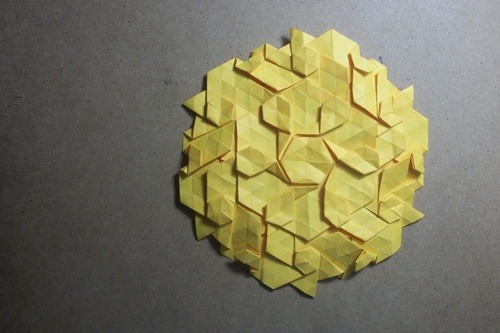
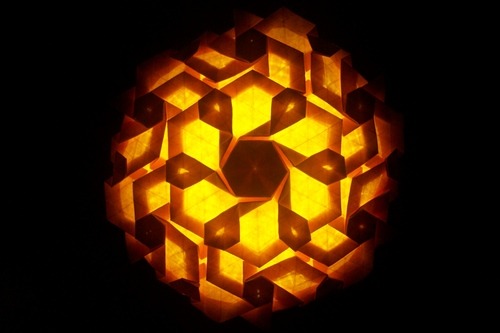
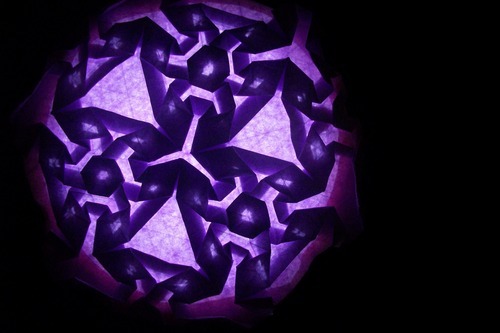
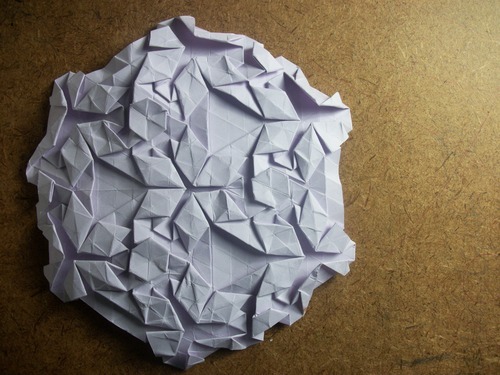 The
tessellation is composed of flowers created by rhombi (duh) and stars
created by hexagons (formed by 3 60-degree pleat intersections) and some
triangle-like paper formed by 2 rhombi.
The
tessellation is composed of flowers created by rhombi (duh) and stars
created by hexagons (formed by 3 60-degree pleat intersections) and some
triangle-like paper formed by 2 rhombi. 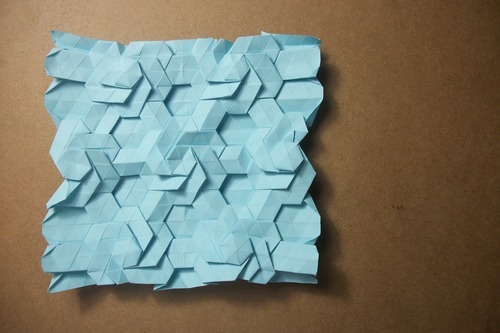

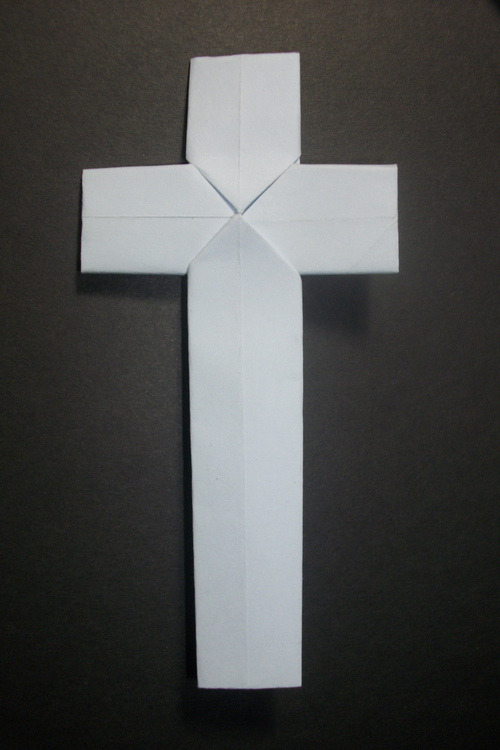

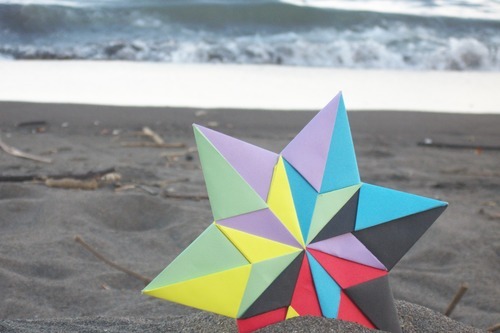
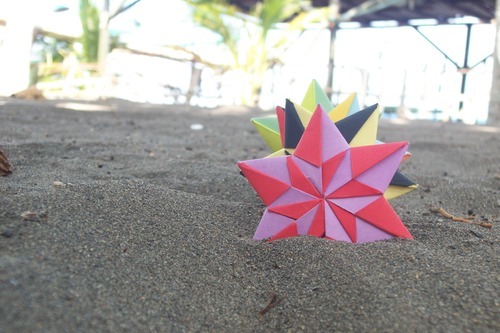
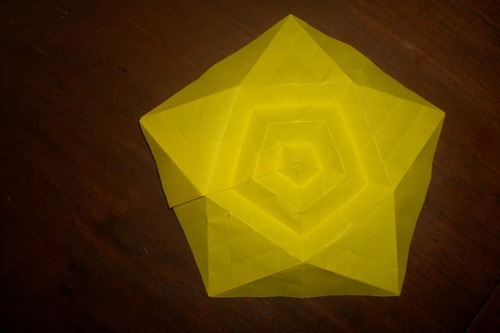
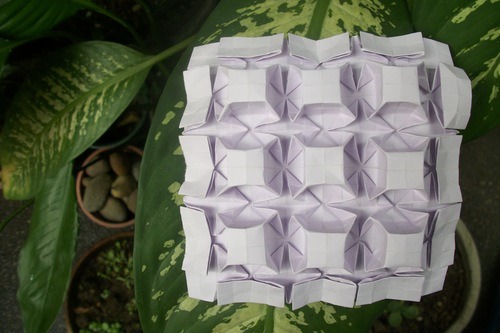
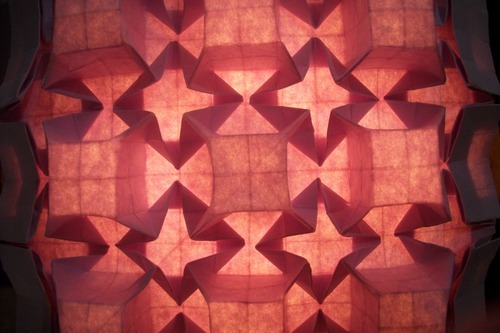
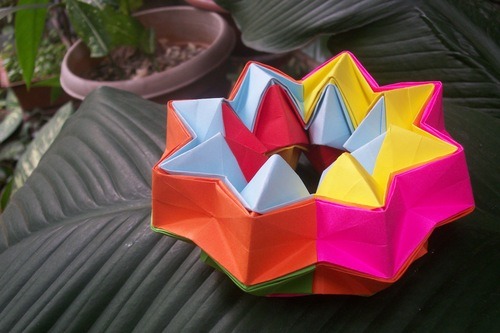
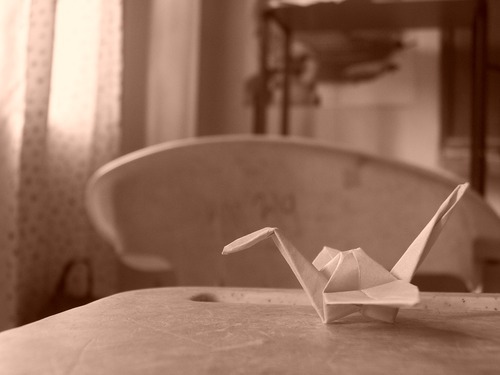
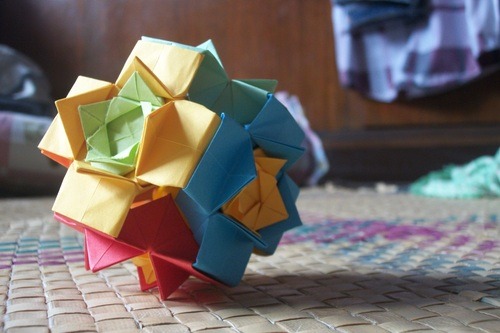
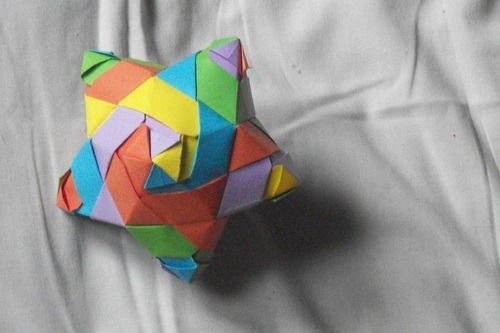
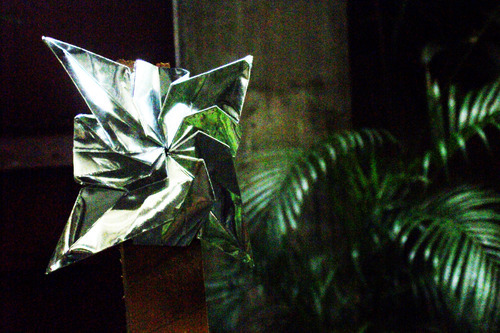
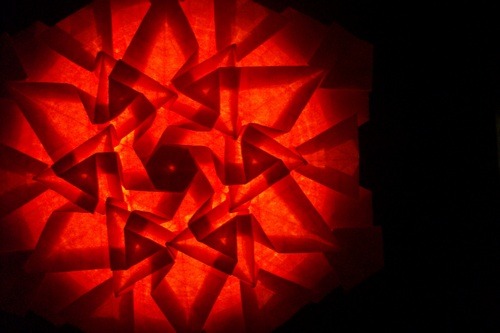
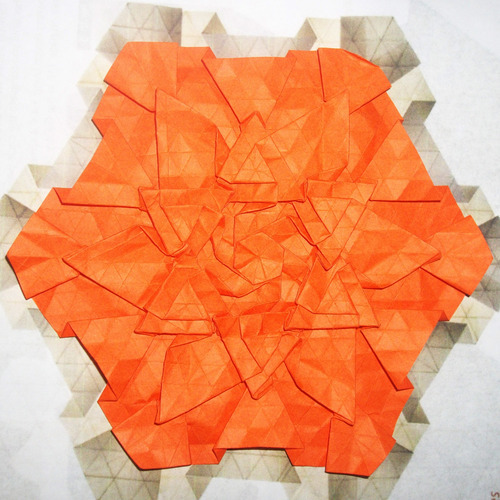
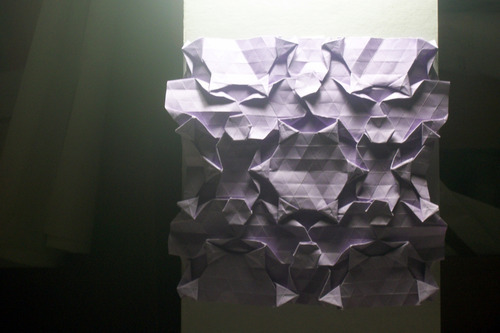
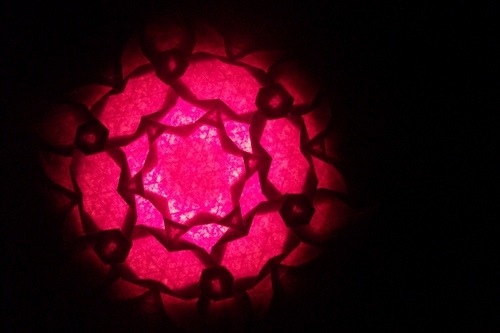
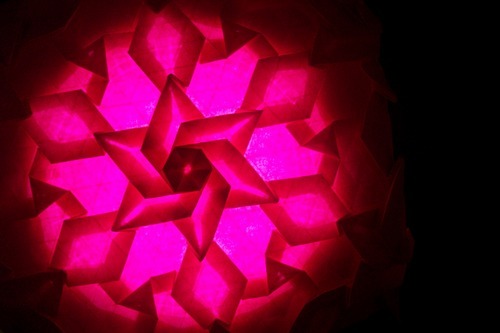
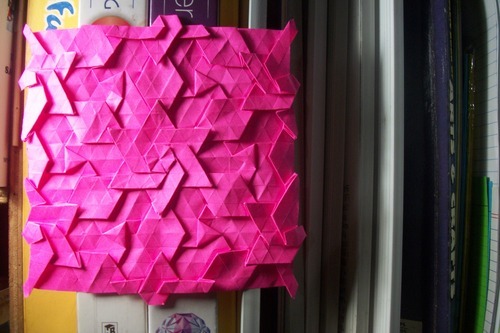
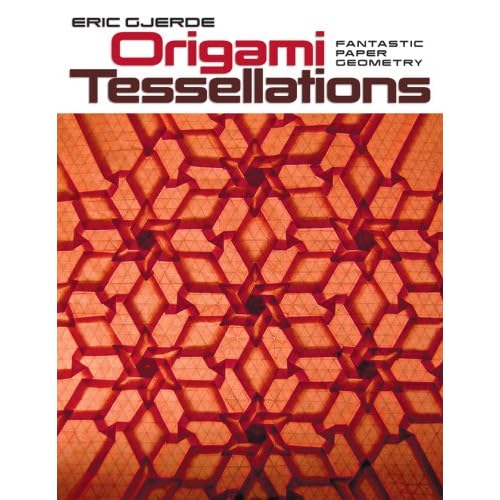
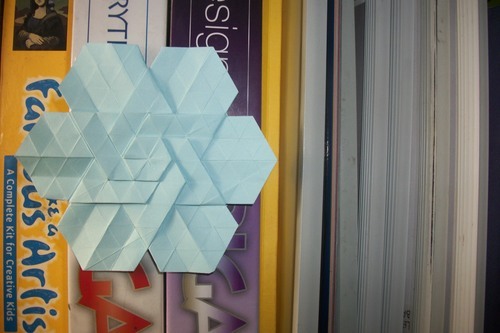
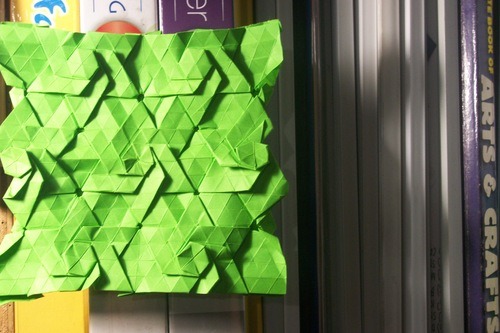
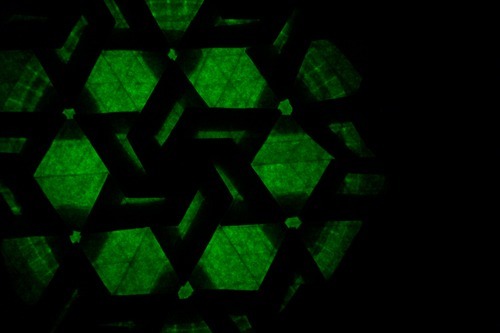
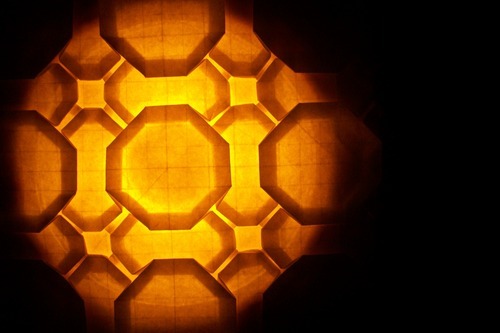
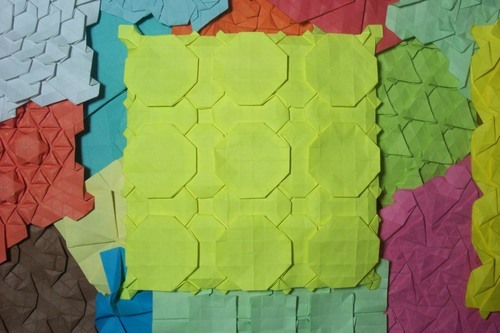
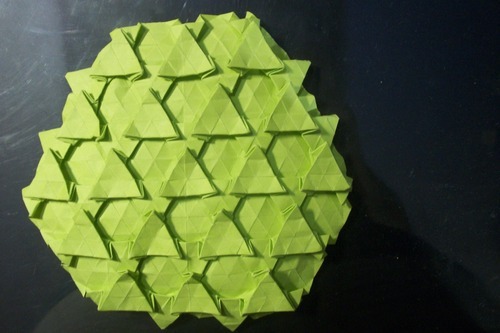
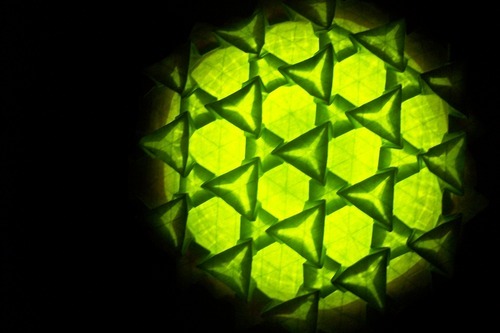
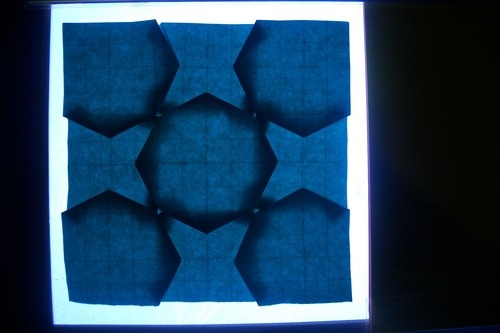 The
tessellation is simple, but elegant. It is also pretty easy to fold.
You just have to make a lot of creasings to achieve the best output.
The
tessellation is simple, but elegant. It is also pretty easy to fold.
You just have to make a lot of creasings to achieve the best output.
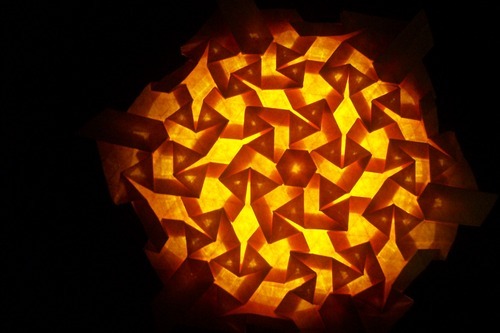

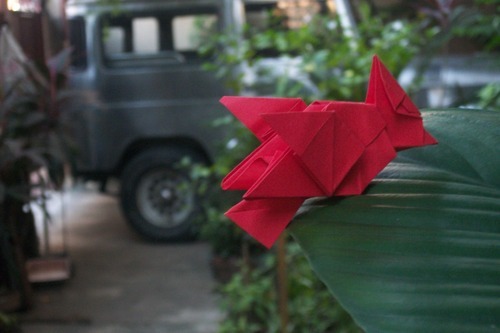
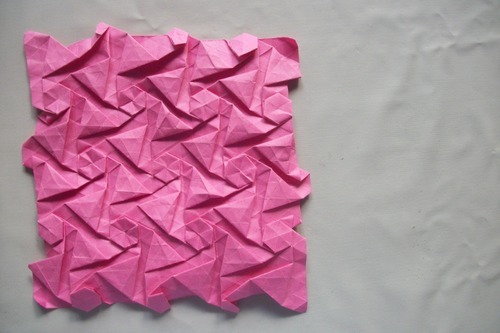
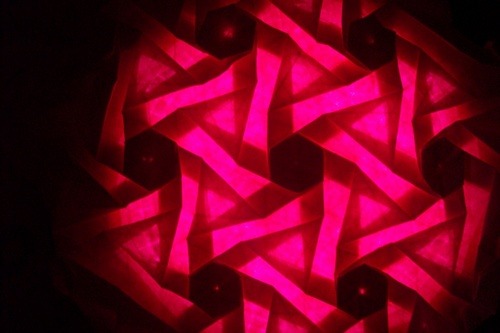
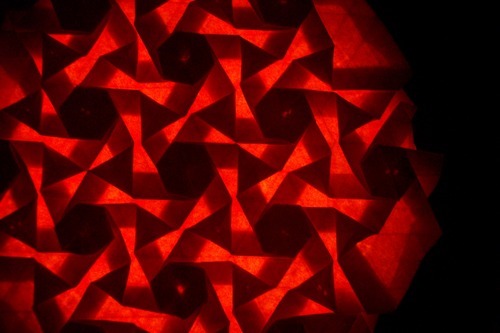

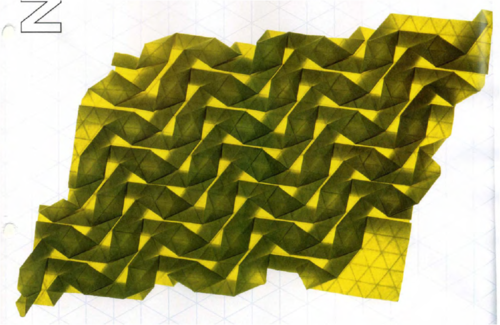 This is what I made:
This is what I made: